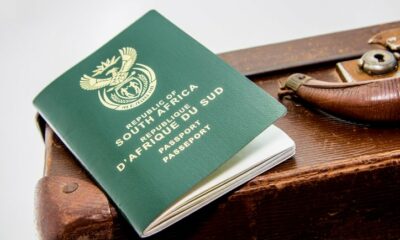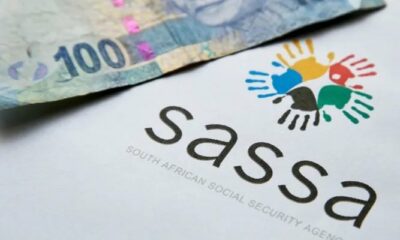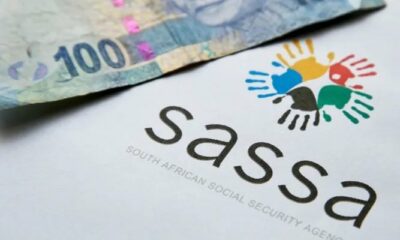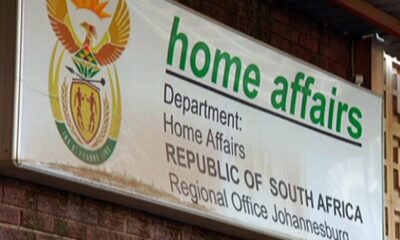News
‘Snap to Survive’: Why SASSA’s New 2025 Verification Process Is Sparking Outrage
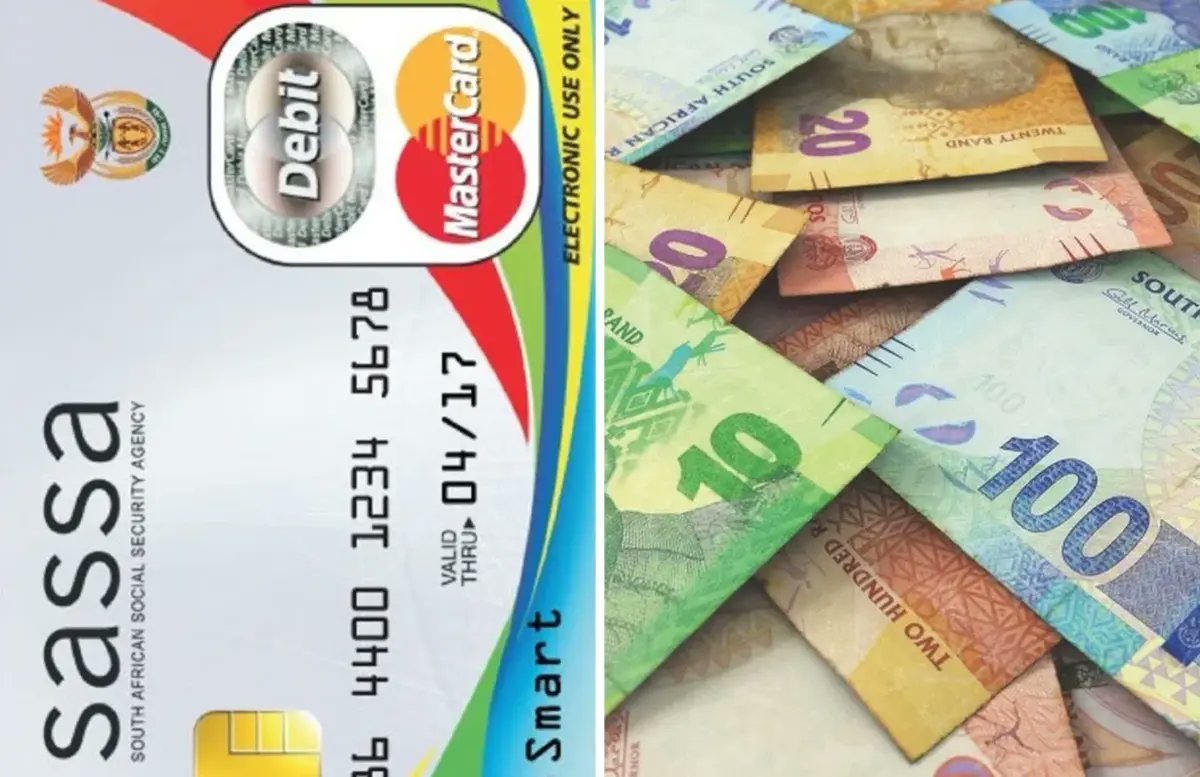
Starting this Saturday, June 7, applying for South Africa’s R370 Social Relief of Distress (SRD) grant will be a very different experience—especially if you don’t have a smartphone or a smart ID.
In a move that’s drawing both confusion and criticism, the South African Social Security Agency (SASSA) is rolling out a brand-new digital verification process for all new grant applicants. The 2025 SASSA verification process now requires beneficiaries to take a selfie using a smartphone and verify their identity with a smart ID card. No selfie? No smart ID? No grant.
A Selfie or Starve?
The Department of Social Development says this new system will prevent fraud and identity theft. But civil society groups argue it’s yet another hurdle for South Africa’s poorest.
“Imagine being told you’re too poor to receive help because you’re too poor to prove you exist digitally,” said one community activist in Soweto. On social media, the sentiment is even sharper. Posts on X (formerly Twitter) and Facebook are flooding with frustration:
“You need a smartphone and smart ID to get SASSA? We can’t eat biometrics!”
The biometric system may indeed boost security, but it comes at a cost—one many can’t afford.
Why the Sudden Shift?
The answer lies in the state’s balancing act between legal obligation and financial restraint.
Earlier this year, Judge Twala of the High Court ruled that SASSA cannot deny support to people living below the poverty line due to budget shortfalls. The judgment came amid public outcry and mounting pressure over South Africa’s ballooning social welfare bill. Finance Minister Enoch Godongwana had floated the idea of raising VAT to cover the rising costs. That plan was quickly shut down in court.
So now, instead of cutting grants, the system is becoming harder to access.
A Digital Divide Widened
The 2025 SASSA verification process assumes access to technology and digital literacy that many simply do not have. The requirement for a smart ID card excludes millions who still carry the older green ID booklet—still legally valid but now practically useless in this context.
Local NGOs warn that the digital-first model is out of step with the real lives of many grant applicants, especially those in rural areas. According to Stats SA, nearly 20% of South African households still don’t have access to the internet at home. In provinces like Limpopo and Eastern Cape, that figure is even higher.
Bureaucracy vs. Reality
SASSA has stated it will not turn anyone away “unlawfully,” and that they are appealing aspects of the court ruling. But for now, the policy stands: no digital photo, no grant.
In the township of Alexandra, 63-year-old Thandi Mbele shook her head when she heard about the new requirement. “What if my phone is broken? What if I don’t even have one? I must now go borrow someone’s phone just to prove I’m poor?”
Her words echo a growing public sentiment: the fight against fraud shouldn’t turn into a war on the vulnerable.
Is There a Better Way?
Experts suggest the system could have included hybrid options—a digital path for those who can, and in-person or paper-based verification for those who can’t. Instead, South Africa’s most vulnerable citizens are being pushed into a technological corner, in the name of efficiency.
Policy analysts are calling for SASSA to urgently clarify alternative options or expand access to support tools like community-based digital kiosks.
Until then, the burden falls—once again—on the people the grant is meant to protect.
{Source: The South African}
Follow Joburg ETC on Facebook, Twitter , TikTok and Instagram
For more News in Johannesburg, visit joburgetc.com

